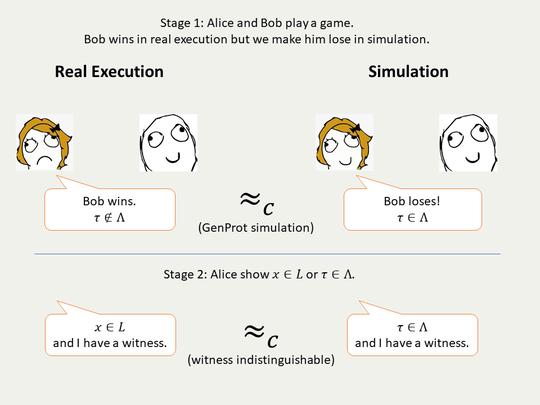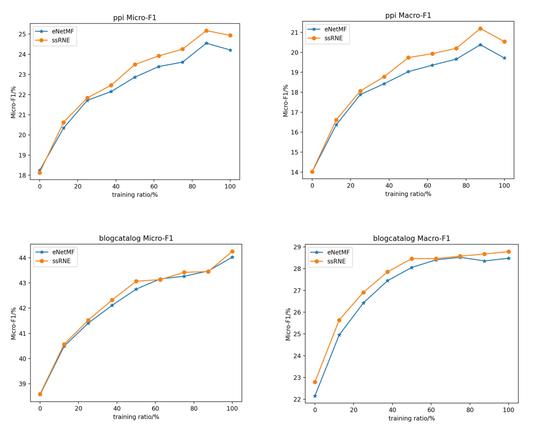Biography
I am currently a master student in computer science at Stanford University. I am experienced in solving complex problems in the real life through sound and creative engineering, and I am a quick learner who is always eager to explore new things! As for research, my previous research mainly lies in the field of knowledge discovery in AI, with a focus on the use of AI to effectively, efficiently, and interpretably gain knowledge in areas such as natural language processing, graph representation learning, and computational biology.
I am passionate about applying my computer science skills in the real life to make a difference and developing AI models that can uncover generalizable knowledge from data with complex structures and logic.
- Natural language processing
- Graph representation learning
- Computational biology
Stanford University, Sep 2023 - Jun 2025 (expected)
Computer Science (Master's degree) at School of Engineering
Tsinghua University, Sep 2019 - Jun 2023
Computer Science and Technology (Bachelor's degree) at Yao Class, Institute for Interdisciplinary Information Sciences
Yinchuan No.1 Middle School, Sep 2016 - Jun 2019
Experience
Research
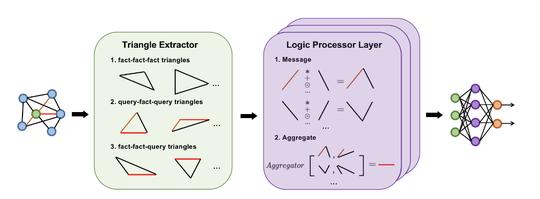
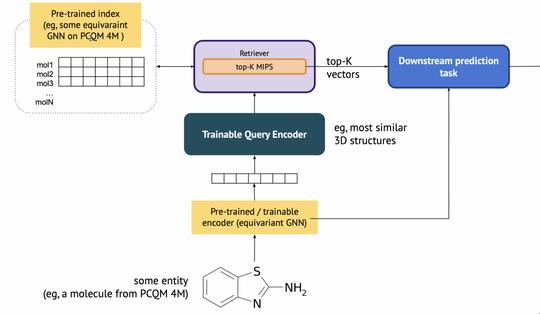
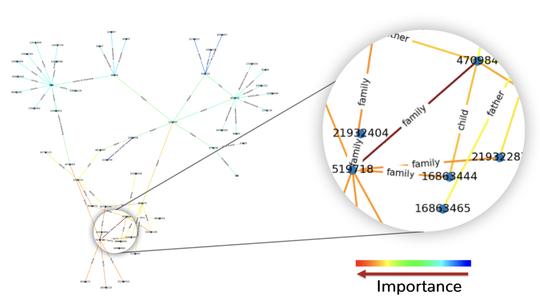
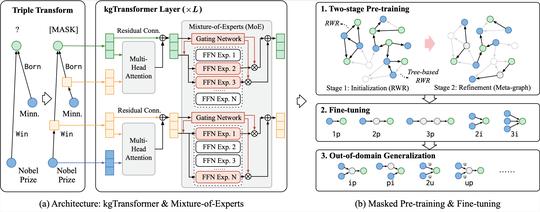
Selected Projects
